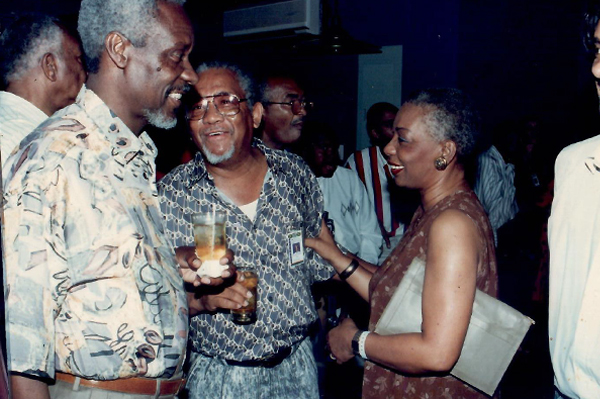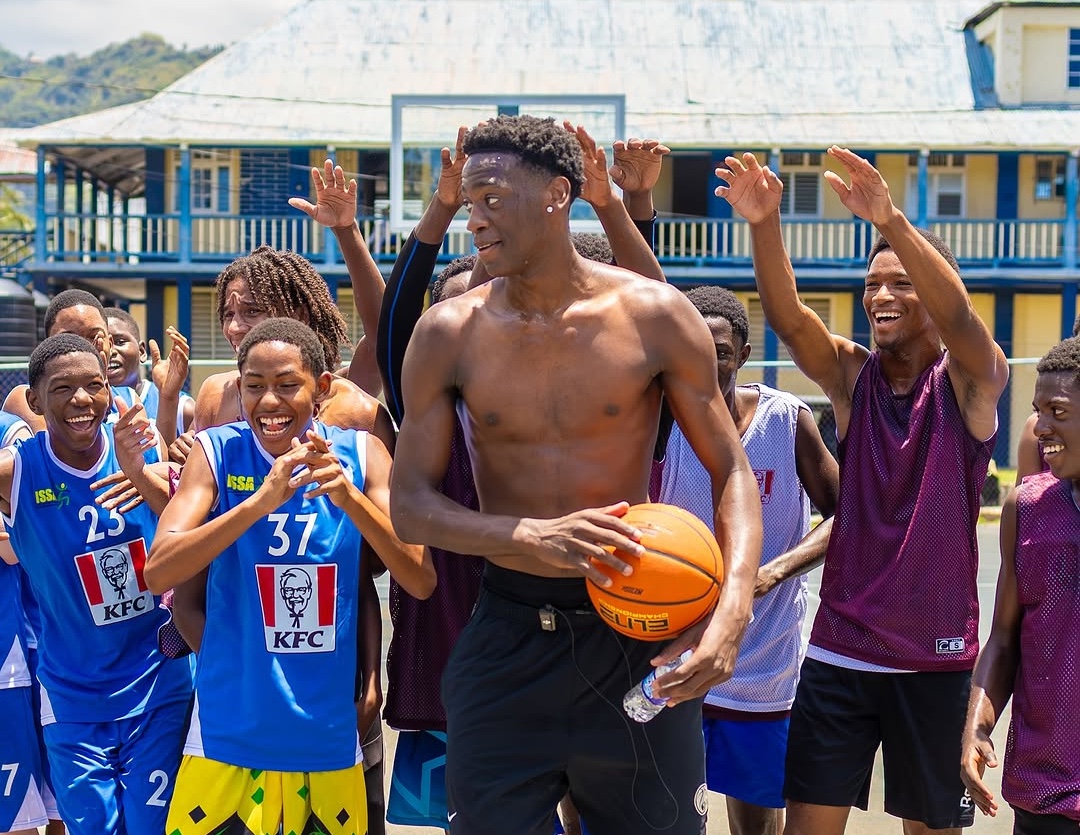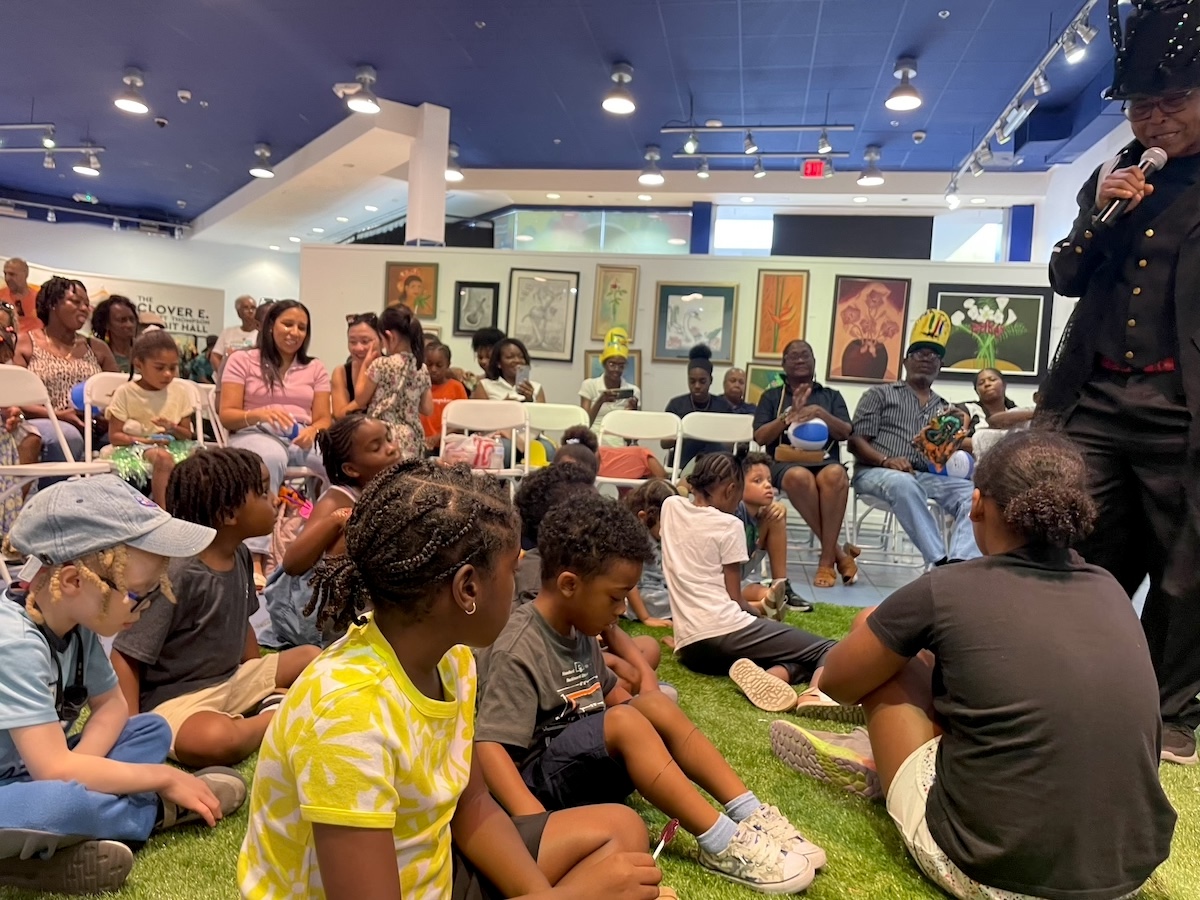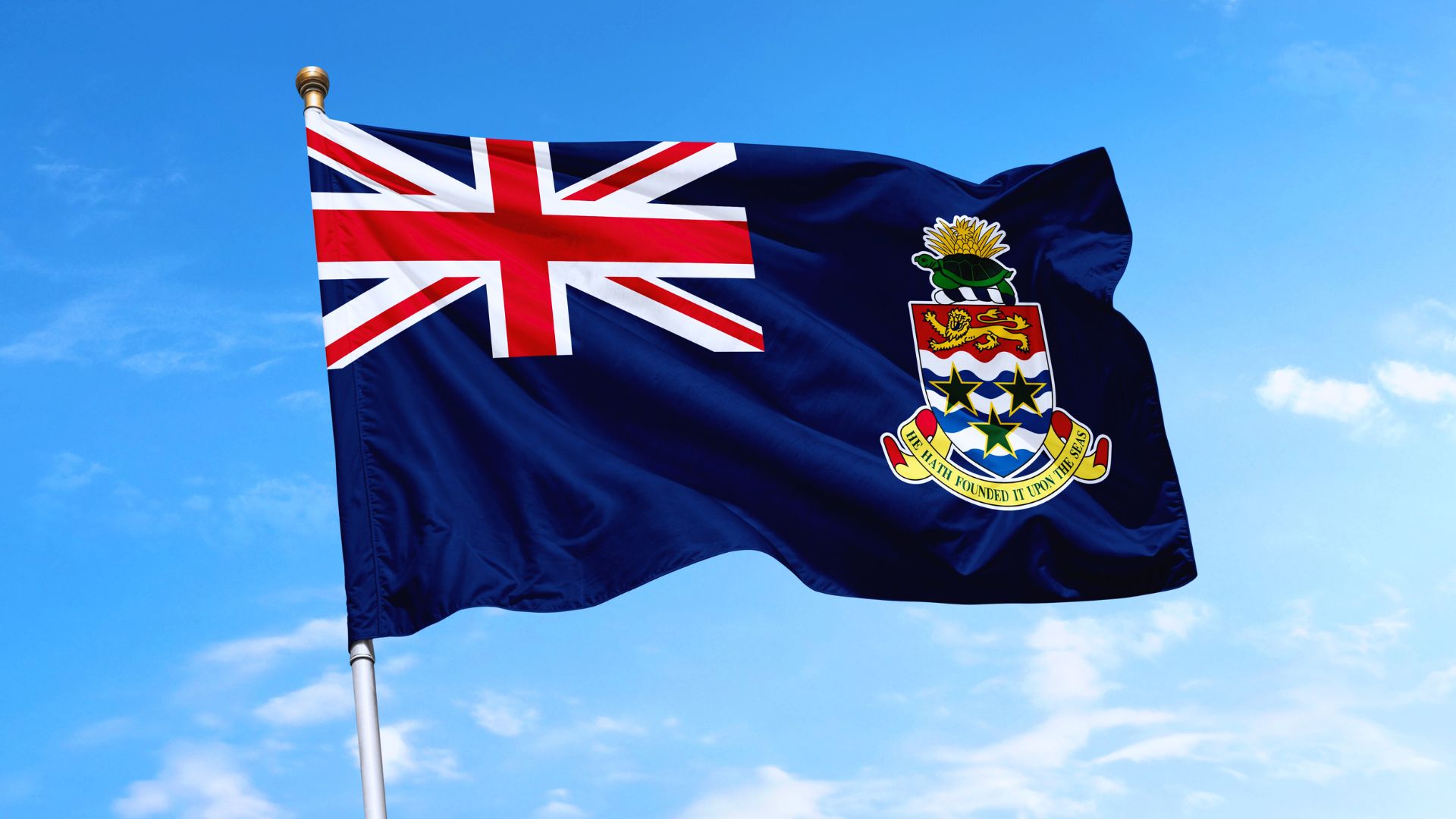In 1997, I was appointed Executive Director of the Jamaica Information Service (JIS) – the communications and public relations arm of the government of the day. The JIS is a full-house, multi-media organization charged with the mission to gather and disseminate information on government’s policies and programmes, analyse responses and provide critical public feedback. It is also the JIS’ responsibility to inform the various ministries and departments of government on the needs of the public as revealed in our interactions, as we implement educational, informational and recreational programmes island wide.
With a staff complement of approximately 200 and five regional offices across the island, the work of the JIS is comprehensive, multi-faceted, and fraught with challenges – political and economic. One overriding factor that is endemic to all media organizations, but seemingly at a higher level at the JIS, was the constant angst of meeting extraordinarily tight and at times unrealistic deadlines. Once you had achieved a nail-biting, hair-turning-grey deadline, you were expected to achieve this every time, with even less advance notice. The organization has to work with politicians – who could be charming, narcissistic, obdurate, mercurial and elusive in one package, at one point in time. One never knew what would suddenly intrude on carefully laid out schedules from day to day. Flexibility was therefore a sine-qua-non.
My tenure at the JIS was short and hectic – three years. Like all my predecessors, I was called E.D. – the acronym for Executive Director – hardly ever by my name. As a student of communication, I came to fully appreciate the wide range of tones that could be used for those two letters of the alphabet – from cordial to suppressed anger. At the start of my tenure, I asked a colleague who had established himself as a competent researcher, to find out about the public’s perception of the JIS. Armed with this information, I had a series of meetings with staff members at all levels of the organization and we identified the following areas for special focus – research-based programme content to ensure that we were responding to the information needs of the population; community outreach; education-support programmes in primary schools; active feedback between government ministries, other public-sector entities and their target audiences; project support communication, staff training, enhanced internal communication, administrative efficiencies and a customer-oriented organization. We had quite a task ahead of us.
My time at the JIS was punctuated by three major events of national significance. On March 06, 1997, former Prime Minister the Rt. Hon. Michael Manley died after a protracted illness. He was accorded a state funeral a week after his death. Prime Minister Patterson chaired the Planning Committee. I represented the JIS, which had responsibility for coordinating international media – arrivals and accommodation, the establishment and management of a media centre, coordinating and publishing media releases, printing and distributing the funeral programme – locally and internationally – and arranging close-circuit television at the church, the mcdia centre, the St. William Grant Park in downtown Kingston, the National Heroes Park at Heroes Circle where he would be interred, and providing connections for local and overseas radio and television stations.
The pressure on the Committee was incredible. Prime Minister Patterson had told us – in no uncertain terms – that he expected perfection, absolute perfection. Pat Hyman my invaluable assistant and we proof-read that programme at least a dozen times. Mr. Patterson had to see every draft – not surprising as he is a man of great detail – and there were many, because the programme was planned by a sub-committee of the religious fraternity and everyone had different ideas on how it should be structured. I remember on the Saturday afternoon before the Monday morning funeral, when we were going over the programme for the absolutely last time, we got a call from one of the Ministers, requesting another slight amendment that would have made no material change. So I lied. I lied to the ‘man of the cloth.’ I told him the programme had already been sent to the printer. I lied because I knew what would have been entailed. I would have had to do a round robin with all the other ministers of the sub-committee, the Prime Minister and Mrs. Manley. We would have lost hours and what he wanted altered was not worth the degree of disruption and loss of time.
The programme was in full colour and at that time, technology as it was, a ‘drying’ time was required for the cover before the interior could be done. I slept in Kingston at my uncle-in-law Kharl’s apartment, with strict instructions to Mr. Gentles, of Gentle Printery on Hope Road to call me as soon as the cover was printed. He did. I checked and gave him the go-ahead. His next call to me was to be when he had the first copy gathered and stapled. When I called Mr. Gentles at 5:00 a.m. he informed me that he had already sent a copy to the Prime Minister, via a bearer who he had sent to wait hours before the first press run. The night before, Committee members did a dry run, coordinated by Army personnel – of the route from the North Street Roman Catholic Cathedral where the service was to be held, to nearby National Heroes Park for interment. In the still of the night, the sound of the wheels of the empty carriage and the clap clap of the horses hooves on an empty road cast a pall on the group and brought home to us the significance of the occasion for which we had responsibility – the departure of a much-loved politician who had so fundamentally changed not only the face of Jamaica but the wider community of nations.
Funeral day was bright and sunny with persons congregating in both parks from as early as 6:00 a.m. for a 10:00 a.m. funeral. We had the television sets mounted on specially designed wrought iron stands to protect them from the expected jostling crowd, as well as any innovative ‘borrowers,’ because the sets were on loan from businesses. Pat was in charge of the media centre and I was the floating General Factotum to ensure that all aspects of the operations in our portfolio ran smoothly. I delivered programmes, checked with the security detail that things were going smoothly in the parks; spent some time at the media centre, visited the church to ensure the outside broadcast was hiccup-free and the complement of programmes adequate.
I was fortunate to see the arrival of the late Fidel Castro, President of Cuba personal friend of Mr. Manley. His arrival was heralded by a roar of welcome from the crowds that had camped out at the cathedral. The funeral went off without a hitch. Prime Minister Patterson was well pleased. A footnote: In the following days, copies of the programme were on sale in downtown Kingston. As the story goes, the vendors did very brisk business. Months after the funeral, we were sill getting requests for copies from local and overseas fans of Mr. Manley.
In 1997 when Prime Minister Patterson was appointed Chairman of CARICOM (The Caribbean Common Market and Economy) and the CSME (The Caricom Single Market and Economy), I attended a meeting of the Information Ministers of CARICOM in Guyana. The CSME is an arrangement among CARICOM member states for the creation of a single enlarged economic space, with the removal of restrictions, resulting in the free movement of goods, services, persons, capital and technology among member states. I came back motivated and energized to publicize the work of CARICOM and the CSME. The result was a radio programme ‘CARICOM Links’ which gave a wide range of valuable information on the member countries, highlighting our similarities – which are many – our common history and culture, and the anticipated socio-economic benefits anticipated from the establishment of the CSME.
In August 1997, volcanic eruptions in Soufriere Hills, located at the highest point of Montserrat in the Lesser Antilles, and an overseas territory of the United Kingdom, left a wave of destruction in its wake. The capital Plymouth located on the south west coast was virtually destroyed, resulting in its temporary relocation to the northwestern end of the island. CARICOM responded quickly with offers of aid, technical support and temporary relocation to member states. Britain also offered temporary relocation which was later upgraded to permanent status. Prime Minister Patterson sent me to meet with a senior official of the government on a fact-finding mission. I flew to Antigua, from where I would take a ferry to Montserrat. However, the service was suspended. I had hit a wall, but failure was not an option. So, I made numerous enquiries, and with the help of the hotel manager, I got a ride on the helicopter ferrying the volcanologist investigating the eruption. As we approached the island, I noticed that the shape of the southern coastline had been changed by the ash and mud that had slid and hardened there.
Radio transmission advised us to hover offshore, as the volcano was about to blow. Fearfully I looked down at the calm crystal blue waters and wondered if this was to be my final resting place. But we landed safely on a tiny airstrip in the north where temporary housing was being built with the assistance of members of the Jamaica Defence Force. I met the government official and we did a quick tour of the island, including the sole radio station. It was a wet, rainy surreal day. Everything was covered in a thick grey powder that seemed impervious to the rain. In sharp contrast was the bright red mud of the marrow winding roads on which the car seemed to slither as we sped around deep curves. Once again, I held my breath and prayed. The discussions were fruitful and I had enough information to pass on to Prime Minister Patterson. The return trip to the helicopter was even more harrowing, as we were running late and I was in danger of missing the flight. We were late, but the pilot kindly waited. We made it to Antigua within a whisker of dusk. I returned to Jamaica the following day and was never more happy to land on ‘The Rock.’
In 1998, the celebration of Emancipation was resuscitated. With the attainment of independence from Britain in 1962, the then government took the decision to abolish ‘Augus’ Mawnin’ celebrating the end of slavery on August 01,1838, Emancipation Day. However, sectors in the society had been clamouring for its resuscitation, because it was felt that the younger generation was in danger of knowing nothing about that aspect of our nation’s history. There were others who felt it was unnecessary. With its removal from the national calendar for 36 years, an educational programme was implemented to inform the citizenry. This was the responsibility of the JIS. The added announcement of the participation of Flight Lt. Jerry Rawlings, Prime Minister of Ghana – our ancestral home – in the celebration, gave us more impetus to delve even further into our history and to share this information with the nation, especially the children. We worked with the National Emancipation Committee in developing a multi-media education programme, including a range of brochures and booklets on Ghana and its role in the slave trade, the Maroons, The Baptists and The Free Villages.
President Rawlings was a huge, charming man, who fitted in as if he had lived here all his life. He was immensely popular with the crowds who came out to see him, especially at the annual Denbigh Agricultural Show. JIS was required to cover the President’s visit. in addition to establishing and managing a media centre . Lo and behold, on a rural visit, our old, decrepit, regional services vehicle broke down. Much mortification and embarrassment to the organization and staff, especially those on the scene. We had to send for another less old vehicle to replace it. We used this as ammunition for our request – one of many – to get new vehicles. We believe this episode finally clinched it for us. We succeeded in getting an almost-full fleet, thanks to Dr. Omar Davies, Minister of Finance.
The third event that stretched the capabilities of the JIS was the hosting of the 9th Summit of the Group of Fifteen – the G-15 – in February 1999, at the Half Moon Hotel in Montego Bay. The G-15 comprises leaders of non-aligned nations from Africa, Asia and Latin America. Jamaica is the only Caribbean nation in the Group. The group was established in 1989 in Yugoslavia, to create a forum for fostering cooperation with international groups such as the World Trade Organisation (WTO) and the Group of Seven (G7) – the rich industrialised nations – for enhanced growth, development and prosperity.
Not only was this a much larger press corps than previous events – India had more than 100 journalists – our operations had to be moved from Kingston to Montego Bay! And to a hotel that had to construct a conference centre for the meeting, with builders who forgot to put in the cables for video conferencing and satellite transmission for member countries’ newscasts. As one journalist wrote home, ‘the conference hall is located in a cane field’ A small exaggeration, but the truth was that where the OB (Outside Broadcast) unit had to be parked was at the edge of a cane patch. After the first failed attempts to send news clips overseas from Montego Bay, we had to relay through Kingston, taking into account the time differences and the programming schedules in the member countries. We survived the seven days. Barely.
In 2000 academia beckoned once again and I responded. The late Professor Aggrey Brown, Head of CARIMAC, had told me that he expected me to be among the first set of doctoral candidates from the Institute, where I was an adjunct lecturer in the part-time evening programme for undergraduates. For my thesis, I wanted to find out if exposure to televised portrayals of violence during early childhood had influenced the perpetration of criminal violence by teenage boys and girls currently incarcerated in juvenile detention centres The study required extensive field work, with in-depth interviews among my primary research subjects at the island’s three correctional centres, as well as in some primary and secondary schools. Michael and my mother had ‘remigrated’ home, so I had two enthusiastic travelling companions, eager to touch ‘the green, green grass of home’ once again.
I left JIS with a wealth of emotions. I had worked with a marvelous group of persons – hardworking, creative, innovative, capable of creating something wonderful out of almost nothing; using dated and sometimes unreliable equipment to produce programmes of outstanding content and quality. In the words of a friend: “Gloria, now you’ve worked with the JIS, you’ve done everything. There’s nothing in media now that you cannot do.” I could not, would not and did not try to contradict what Janeth said. That statement represents the sum total of my unforgettable experiences at the JIS. At a farewell function held at Jamaica House for myself and the late Wycliffe Bennett, head of the Creative Production and Training Centre (CPTC), the Caribbean’s largest public sector multi-media and video production centre and who was widely regarded as the C20th. godfather of Jamaican theatre, I introduced Michael to Prime Minister Patterson, who said wryly, “So this is the man who made you leave me?’
Despite Janeth’s claim, there was still something more in store. In 2002 Jamaica hosted the greatest sporting event ever staged here. Unquestionably, we have an outstanding record of performance in athletics – particularly track-and-field – regionally and internationally, fielding medals that defy the size of our population and the quality of our facilities and amenities. When we were given the nod by the International Association of Athletic Federations (IAAF) to host the 7th World Junior Championships in Athletics, we were initially ecstatic, and then wracked with doubt. We cast doubt aside quickly, because if nothing else, Jamaicans are noted for their gumption, call it aggression or boldness. Nothing daunts us. Nothing is impossible to achieve. The late Teddy McCook, then President of the Jamaica Amateur Athletics Association (JAAA) secured the full cooperation of the Prime Minister Patterson, himself an avid sportsman and track-and-field enthusiast. Teddy now had to find a Chairman for the LOC (Local Organising Committee) for the planning and hosting of the event. Dr. Vincent Lawrence, Chairman of the UDC agreed to serve. I was invited by him to chair the Media and Public Relations Sub-Committee, one of fourteen (14) sub-committees established for the event.
Work started in 1999 and there was never a hiatus during the period to 2002 , July 16-21, when the Championships were held. To expose us to the experience of hosting an IAAF world championship event, a group of sub-committee chairmen, headed by Dr. Lawrence, went to Chile who was hosting the 6th. Championships in October 2000. We went there to look, to see, to learn. Our hosts were hospitable and helpful. We asked innumerable questions. Took copious notes. The experience was an eye opener and helped to prepare us for 2002. At another level, I thoroughly enjoyed the exposure to another country. after getting over the ‘shock’ of leaving one in autumn and arriving in another at the tail end of winter. We landed in Santiago the capital city early morning, after flying through the night from Miami, greeted on our drive to the hotel with gorgeous white roses planted in the median strip of the highway.
Chile, on the western seaboard of the South American continent is long and narrow, stretching over 4,000 kilometres, with climates ranging from desertic in the north, Mediterranean in the middle, to Antarctican in the extreme south. A former colony of Spain, the country gained its independence in 1810.
.Santiago, the capital, with a population in excess of five million, showcased its 400 year history with its beautiful architecture, wide promenades, pedestrian-only streets, and the majestic snow-capped Andes mountains, which could be seen everywhere. From your hotel bedroom, they seemed to be within touching distance.
IAAF tradition dictates that the host to the next Championships holds a reception for the current host country. So we went to Chile armed with brochures, souvenirs, posters, audiovisuals, CDs, and the usual paraphernalia for a public relations event. But, incredibly, I forgot to bring the critical Bob Marley CD – the selection with ‘One Love’ – the litmus test – if one was needed – of Marley’s international stature. Luckily, without much difficulty, we found a shop that sold Marley’s music. The reception was successful beyond our imaginings. Guests held on to their souvenirs, even while they danced. They lingered, it seemed forever. Posters used as decorations were politely asked for.
On Sunday, the day before our departure, we were taken on a trip up the mountains to a winter resort. It was cold. It was breathtaking. It was fear-provoking. It eerily reminded me of my sojourn on the San Gotthard Pass in Switzerland many years ago, when I swore the coach would plunge down the ravine and we would be lost forever. One major difference, however, was the unbelievably beautiful carpet of yellow flowers that blanketed the banks along the narrow, winding road. We climbed to an altitude of 6800 metres and spied some Andean condors, the largest flying bird in the world.. At the hotel, some frolicked in the snow like carefree children. I gracefully declined, My black rayon slacks did not provide sufficient insulation for me to be so adventurous. It was a memorable day and a fitting end to our fact-finding trip, as well as the joy and pride we felt when our athletes stood on the podium for their medals.
In August 2001, accompanied by two committee members, we visited the 8th. IAAF Games in Edmonton, Canada. The experience was excellent, but not as exciting as Santiago, as we were not at the actual Games venue. However, the demands on our booth were well nigh unbelievable. Everyone wanted a souvenir from Jamaica, and everyone planned to visit during the Championships. Everyone knew the words of ‘One Love.’ There was an added bonus to this trip. I was able to visit an aunt and her husband who I had not seen for years, in Winnipeg. I saw prairie country – miles and miles of canola plants that seemed to meet the horizon; compounds of German migrants who lived and dressed as they did in the old country and the hugest mosquitoes I had ever laid eyes on. The infestation in the summer is so great that we could not remain outdoors for longer than a few minutes. So legendary has this phenomenon become that it has been parlayed into a ‘tourist attraction’ with postcards!
The preparatory work was grueling, back-breaking, painstaking, unbelievably complex, at times decidedly confusing. But how we prevailed! For six glorious, unforgettable, sunshiny days in July 2002 Jamaica became the focus of the 7th IAAF World Junior Championships in Athletics. The event was a wonderful, unforgettable experience. We performed marvelously as hosts to the more than 1700 athletes, coaches and officials from 164 countries, a record attendance for World Junior Championships. And our athletes gave scintillating performances. We saw the debut of our own Usain Bolt, now considered the greatest sprinter of all time and the shaping of Veronica Campbell Brown into the world class athlete she was to become.
The Final Day Is Magic In Kingston. So wrote David Martin, Press Assistant of the IAAF. Sunday, the final day of the Championships blew the IAAF officials out of the water. 38,000 spectators inside the stadium and as many outside! Sunday was relay day. And Jamaicans love relays. The formal closing ceremony went off smoothly and we passed the baton to Italy, to the strains of Andrea Bocelli’s ‘Time to Say Goodbye.’ It was a poignant moment. What we had worked for, had hoped for and had cautiously anticipated was publicly confirmed by IAAF President Diack. Kingston 2002 was the best ever World Junior Championships of the IAAF since its inception in 1984.
Sometime after the Championships I felt compelled to put on paper my experience and recollections of the event. The end product was: Going For Gold: Personal Reflections of Kingston 2002 published in 2003 to good reviews and fairly good sales.






